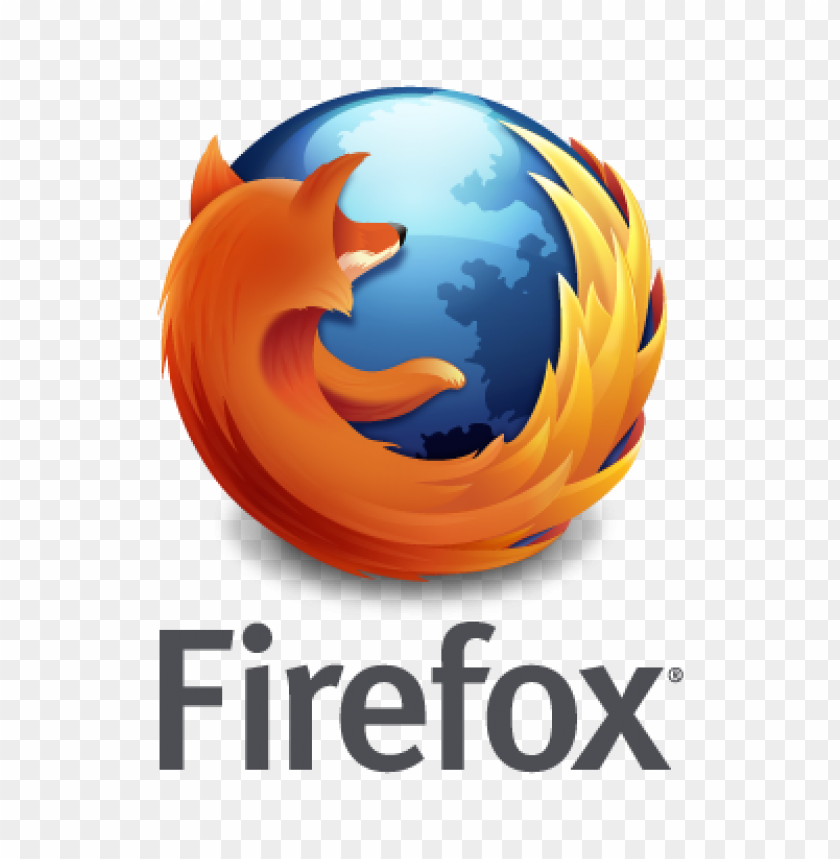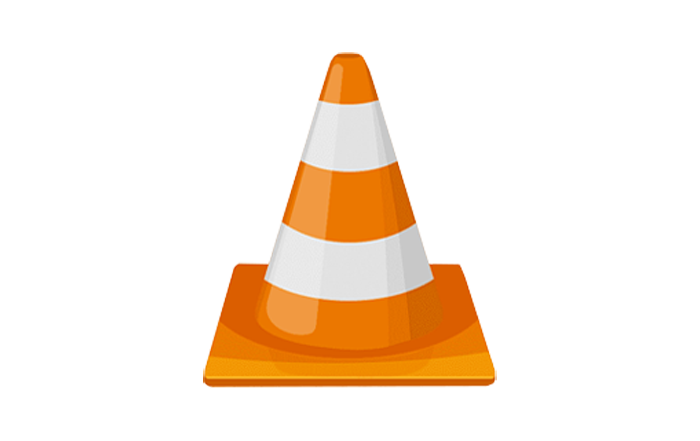The Good Side of Open Source: Why It Matters to You
Hey there! Ever wondered about those ‘open-source’ things you hear about? It might sound super technical, but trust me, it’s actually pretty cool and affects a lot of the tech we use every day. Think of it like a giant potluck dinner for software – everyone brings a dish, shares the recipe, and helps make it even better. That’s the spirit of open source!
What Exactly Is Open Source?
At its heart, open source means that the original blueprint (the ‘source code’) of a software or product is freely available for anyone to inspect, modify, and distribute. It’s the opposite of ‘proprietary’ software, where only the company that made it can see and change the code. This transparency is a game-changer, and here’s why.
The Awesome Benefits of Open Source
Let’s dive into why open-source stuff is so great, not just for techies, but for everyone.
1. It’s Often Free (as in Beer AND Speech!)
One of the most immediate perks is cost. Many open-source applications are completely free to use. This means you save money on licensing fees that you’d typically pay for proprietary software. But ‘free’ also means freedom – the freedom to use it how you want, study how it works, change it, and share it.
2. Transparency and Security: Nothing to Hide
Imagine if the recipe for your favorite food was a secret, and only one chef knew it. What if they put something weird in it? With open source, everyone can see the ‘ingredients’ (the code). This means more eyes can spot bugs, security vulnerabilities, or even malicious code. This transparency often leads to more secure and stable software because issues are found and fixed faster by a global community.
3. Flexibility and Customization: Make It Your Own
Since you have access to the source code, you can modify it to fit your exact needs. Need a specific feature that isn’t there? If you have the skills (or know someone who does), you can add it! This level of customization is almost impossible with proprietary software.
4. Community and Collaboration: A Global Team Effort
Open source thrives on community. Developers, designers, and users from all over the world contribute to these projects. This collaborative environment means constant improvement, new features, and quick bug fixes. When you use open-source software, you’re part of this amazing global team.
5. Innovation and Speed: Building on Giants’ Shoulders
Instead of reinventing the wheel, open-source projects can build upon existing code. This accelerates innovation. New ideas can be implemented faster, and projects can evolve rapidly thanks to shared knowledge and resources.
Real-World Open-Source Heroes
You might be using open-source software without even realizing it.GITHUB mostly contain most of them. ! Here are a few examples:
-
Mozilla Firefox: A popular web browser that puts user privacy first. Its code is open, and anyone can contribute to its development.
-
Linux: The operating system that powers everything from Android phones to supercomputers and most of the internet’s servers. It’s a prime example of open-source collaboration.
-
VLC Media Player: A versatile media player that can play almost any video or audio format. It’s free, open source, and incredibly reliable.
-
WordPress: The platform behind millions of websites, from small blogs to large news sites. It’s open source, allowing for immense flexibility and a huge ecosystem of plugins and themes.
Getting Involved: You Can Be a Part of It!
Want to dip your toes into the open-source world? Here’s how:
1. Use Open-Source Software
The easiest way to support open source is to use it! Explore alternatives to proprietary software you currently use. You’ll often find excellent, free options.
2. Report Bugs and Provide Feedback
If you find a bug or have a suggestion for an open-source project, report it! Most projects have a way to submit issues (often on platforms like GitHub or GitLab). Your feedback helps make the software better for everyone.
3. Contribute Code (If You’re a Coder)
If you have programming skills, you can contribute directly to the code. Look for projects that interest you, check their contribution guidelines, and start with small tasks or bug fixes. This is a fantastic way to learn and build your portfolio.
Example of a simple contribution process (conceptual):
Let’s say you want to fix a typo in a project’s documentation on GitHub. The general steps might look like this:
- Fork the repository: This creates your own copy of the project.
git clone https://github.com/original-project/repo-name.git cd repo-name git remote add upstream https://github.com/original-project/repo-name.git - Create a new branch: Work on your changes in a separate branch.
git checkout -b fix/typo-in-docs - Make your changes: Edit the file with the typo.
- Commit your changes: Save your changes with a descriptive message.
git commit -m "Fix: Corrected typo in documentation" - Push to your fork: Upload your changes to your copy on GitHub.
git push origin fix/typo-in-docs - Open a Pull Request (PR): Go to the original project’s GitHub page and open a PR from your branch. This proposes your changes to the project maintainers.
4. Improve Documentation or Translations
Not a coder? No problem! Many projects need help with documentation (making instructions clearer) or translations into different languages. This is a vital contribution that makes the software more accessible.
A Few Warnings and Considerations
While open source is amazing, it’s good to be aware of a few things:
- Support Can Vary: Unlike proprietary software where you often pay for dedicated support, open-source support usually comes from the community. This can be excellent, but sometimes you might need to rely on forums or online resources to find answers.
- Learning Curve: Some open-source tools, especially more powerful ones, might have a steeper learning curve than their commercial counterparts.
- No Guarantees: While generally secure, open-source projects don’t come with the same legal guarantees or warranties as commercial products. You’re often using them ‘as is.‘
Conclusion
Open source is more than just a way to develop software; it’s a philosophy of sharing, collaboration, and transparency. It empowers users, fosters innovation, and has given us some of the most important and widely used technologies in the world. So next time you’re looking for a new tool, consider giving an open-source option a try – you might just find your new favorite!
Blog post & guide © havoc 2025- For educational purposes only.
Tag or DM me if you learned something.!





Comments